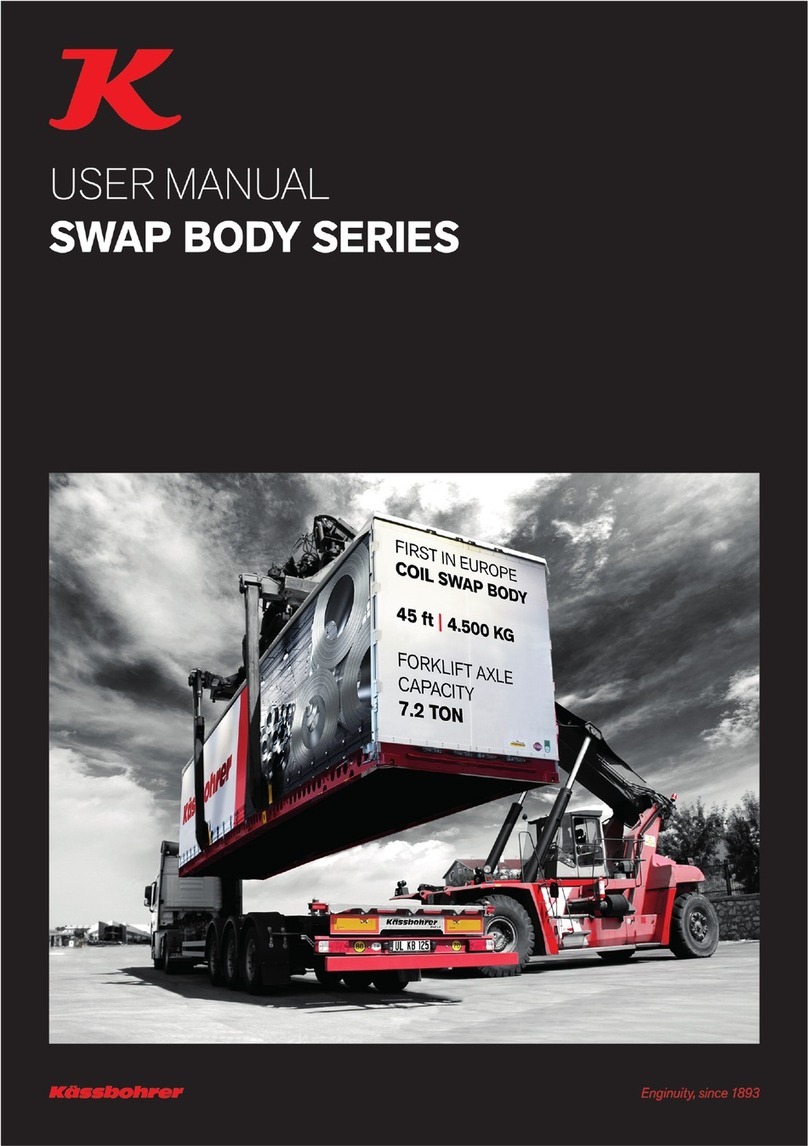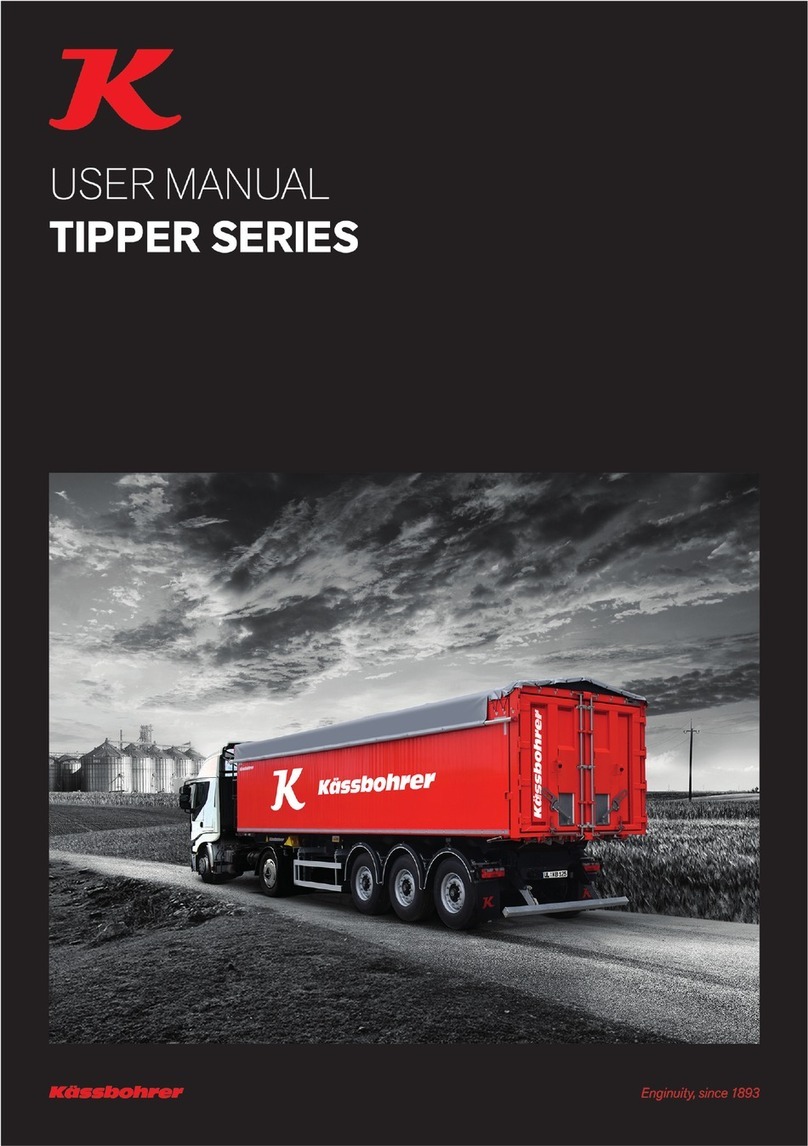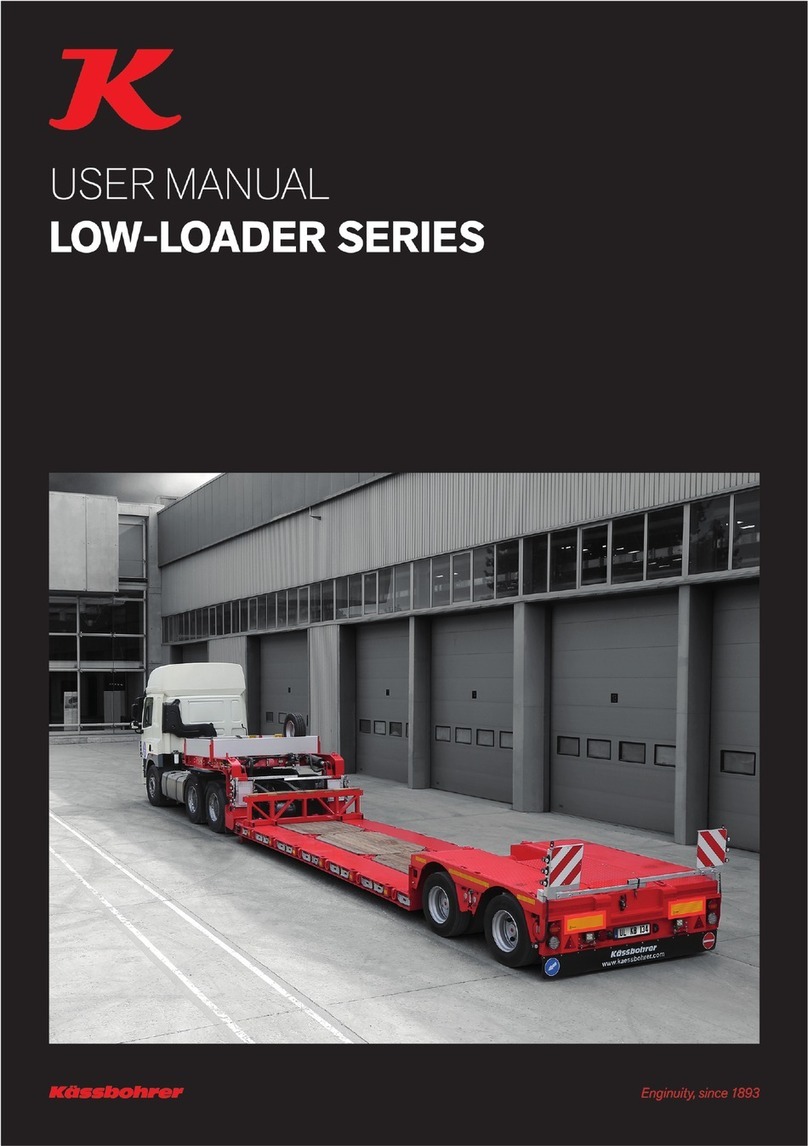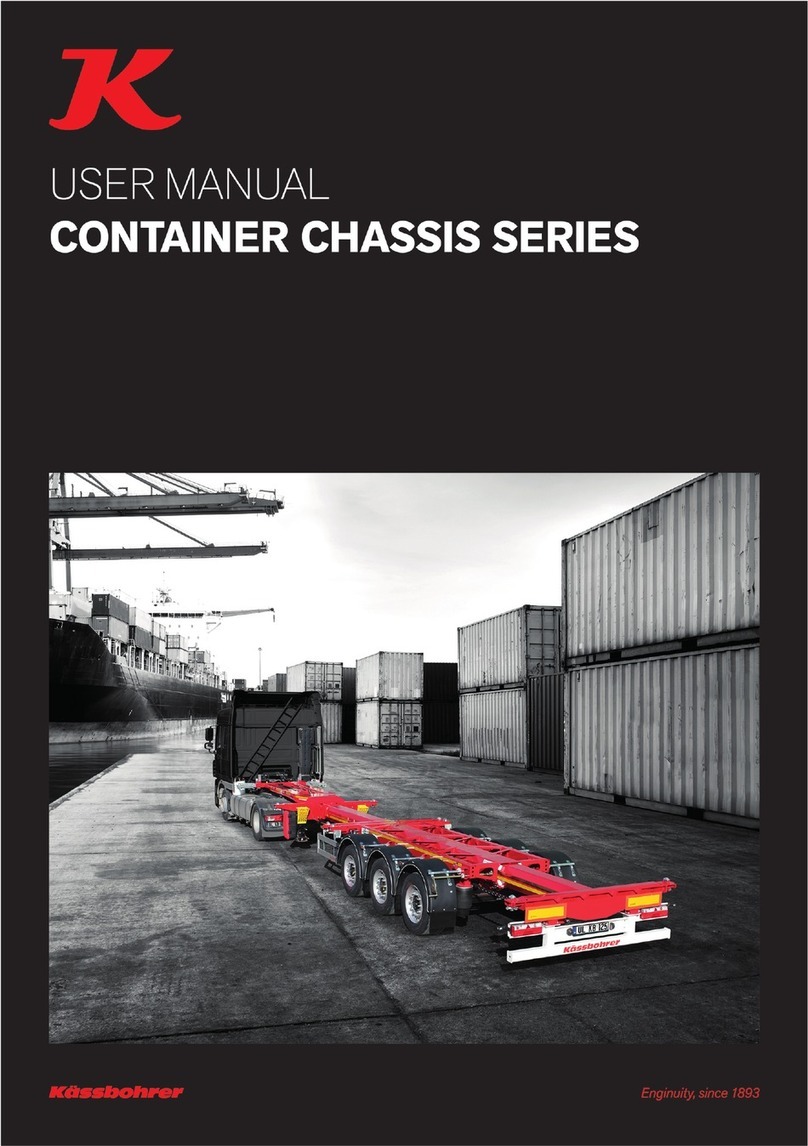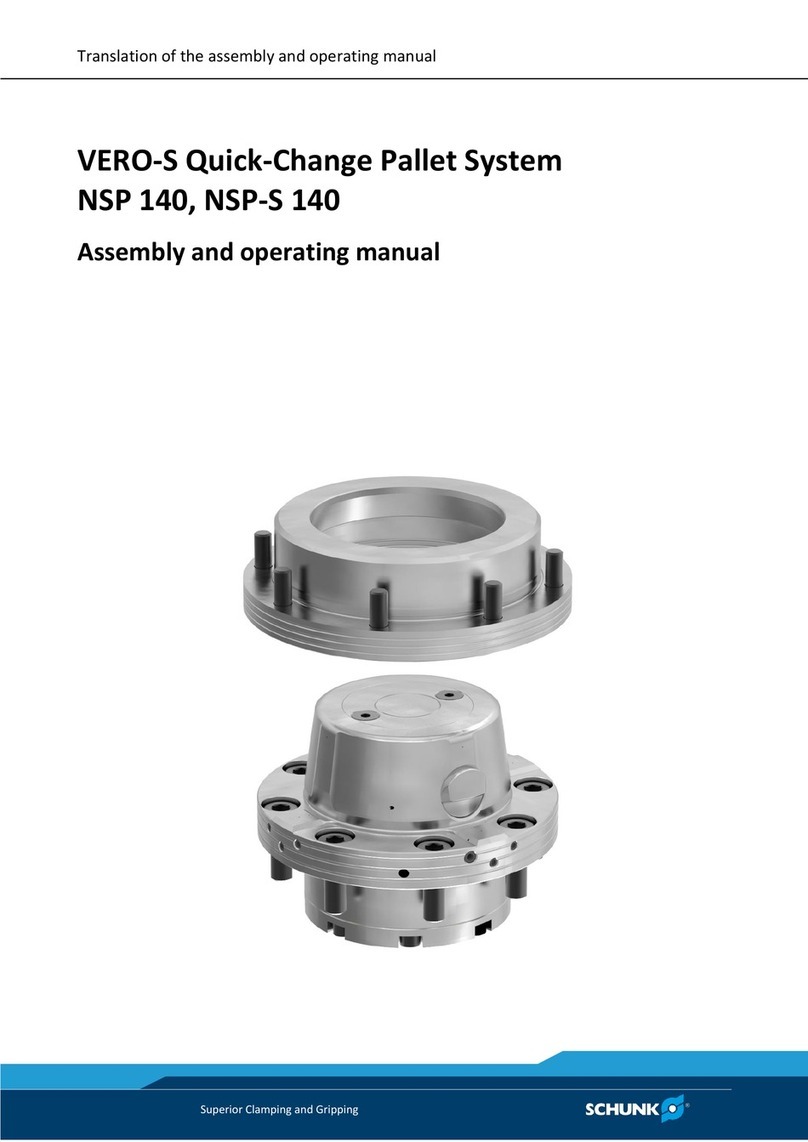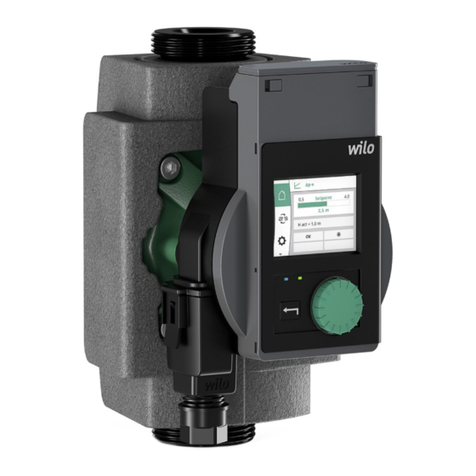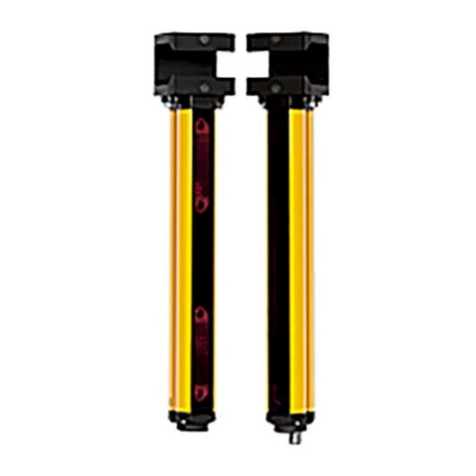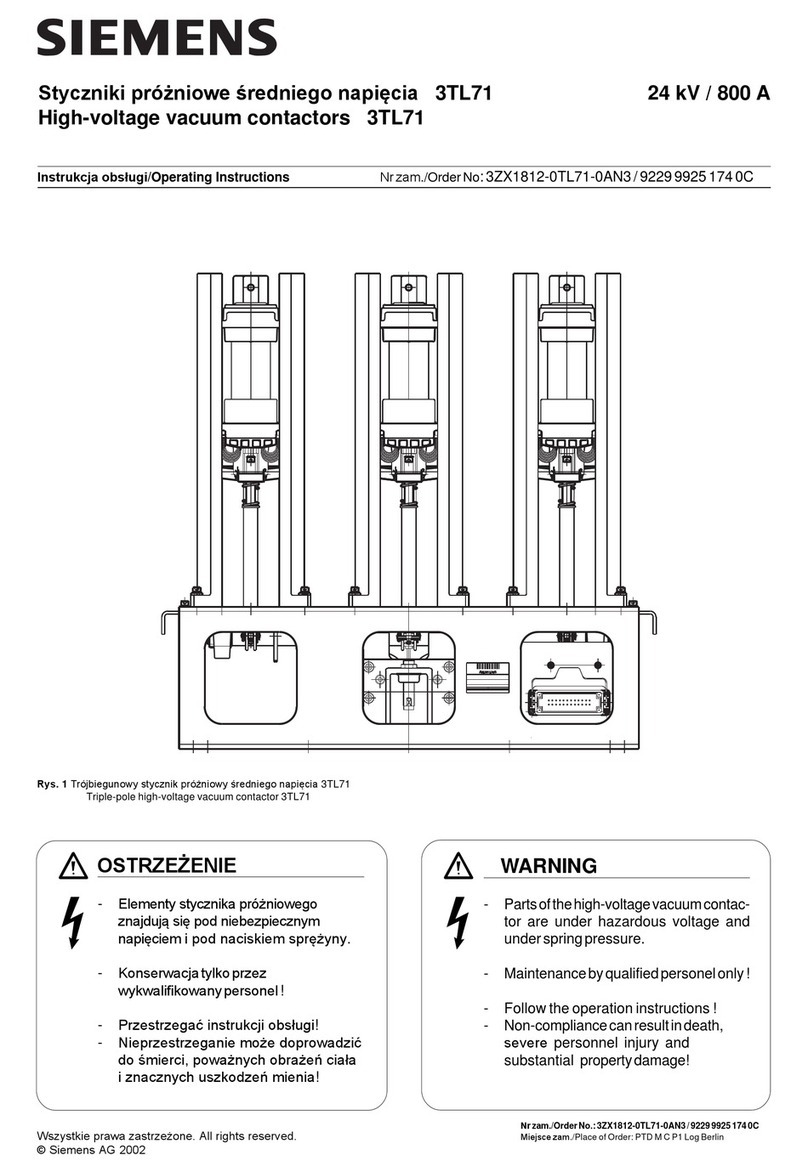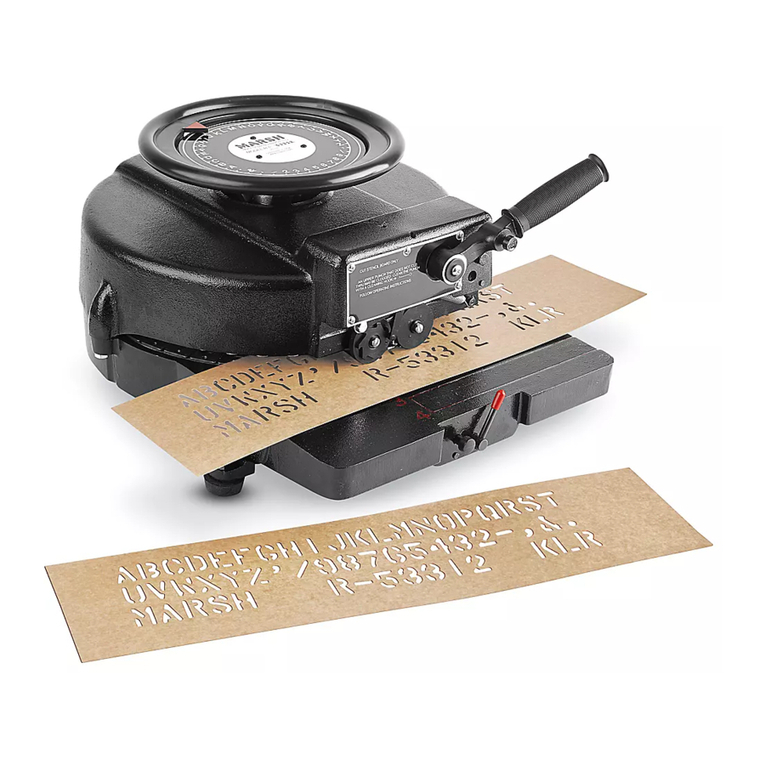Kässbohrer CONTAINER SILO Series User manual


IInnddeexx
1. GENERAL INFORMATION AND SAFETY INSTRUCTIONS
1.1. About the User Manual ..............................................................5
1.2. Meanings of Symbols Used in User Manual..............................5
1.3. Personal Protective Equipments.................................................6
1.4. Terms of Use and Safety Information ........................................7
1.5. Possible Dangers ........................................................................7
1.6. Danger Areas..............................................................................9
1.7. Weather Conditions ..................................................................10
2. MAIN INFORMATIONS
2.1. CSC Plate .................................................................................11
2.2. Warranty and Responsibility ....................................................11
3. TRAILER COMPONENTS AND USAGE
3.1. Boxes and Storage Units ..........................................................12
3.1.1. Document Box ..................................................................12
3.1.2. Aluminum Toolbox ...........................................................13
4. UPPERSTRUCTURE COMPONENTS AND USE
4.1. Upperstructure Compenents Of Silo and Usage ......................14
4.1.1. Silo Container (CON) .......................................................14
4.1.2. Loading / Discharging System ..........................................15
4.1.3. Ladder ...............................................................................22
5. TRANSPORTATION PROCESS
5.1. Pre-Driving Checks..................................................................25
5.2. Important Technical Considerations ........................................25
5.2.1. Lifting the Vehicle.............................................................25
5.2.2. Fire Extinguisher...............................................................26
5.2.3. Modifications on the Trailer..............................................26
5.3. Cleaning of the Vehicle ............................................................26
5.3.1. External Cleaning..............................................................27
6. TRANSPORTATION SOLUTIONS
6.1. Customs Legislation.................................................................28
6.1.1. Semi-Trailer Structure Compliant with Customs
Legislation..............................................................................28
7. LOADING AND LOAD SAFETY
7.1. Safety Instructions....................................................................29

7.1.1. Load Security ....................................................................30
7.2. Load Distribution and Load Limits of Tractor – Semi Trailer
Combination...................................................................................30
7.3. Loading ....................................................................................31
7.4. Discharging ..............................................................................32
7.5. Checks After Loading and Unloading......................................34
8. INSPECTION AND MAINTENANCE
8.1. Safety Instructions....................................................................35
8.2. Main Principles ........................................................................35
8.3. Checks to Be Performed Of The Time of the Delivery ...........35
8.4. General Information About Maintenance and Control
Operations ......................................................................................35
8.5. Manhole Covers .......................................................................35
8.6. Discharge Cone ........................................................................36
8.7. Periodic Maintenance and Controls .........................................37
8.8. Trouble Shooting......................................................................37
8.8.1. Safety Instructions.............................................................37

FOREWORD
First of all, thank you for choosing us for your new vehicle investment.
Your vehicle is manufactured with the latest production technologies to the highest quality
standards and equipped with the best safety and efficiency features.
You can find detailed information about the accessories, equipment and hardware that might
be in your vehicle in this manual. The defined options in this manual can vary according to
the vehicle specs.
Important information on how you can use your vehicle is explained in this user manual,
please be sure that you review and understand the content. We suggest keeping this user
manual available in your vehicle at all times. This information is specified in the product’s
user manual. We recommend you read this operating manual thoroughly to get the most out
of your vehicle.
* Owing to the developments in product research, the manufacturer reserves the right to
make any changes in the product, without any prior notice. The publication rights of this doc-
umentation belong to the manufacturer.

5 / 39
1. GENERAL INFORMATION AND
SAFETY INSTRUCTIONS
1.1. About the User Manual
The usage and operation information
given in this manual is prepared to make
sure the vehicle is used in compliance
with its purpose and as desired.
The instructions here contain important
recommendations to perform your oper-
ations safely, completely, and in the most
efficient manner. Complying with these
instructions, warnings and recommenda-
tions will prevent accidents, decrease
down-time & repair costs, and make sure
you use your vehicle safely, reliably and
problem-free.
Please read the operating instructions in
this manual carefully and completely.
The manufacturer is not liable for the
damages and deficiencies caused by the
failure to comply with these instructions.
The instructions herein must be sup-
ported by local laws, rules and regula-
tions. Please comply with these
instructions to prevent accidents and
protect your surroundings and the
environment.
Any usage of transportation that goes
beyond the use in accordance with the
rules will be considered improper use.
Transportation of the following is not
allowed:
•Carrying people and live animals
•Transportations that need to be car-
ried according to special instruc-
tions, e.g., dangerous good
transportations
•Transportation of unsecured goods
•Transportation of materials that are
dangerous due to their properties or
that need to be carried with special
equipment
•Exceeding technically and legally
permissible weights of the axles or
king pin load
•Exceeding of the maximum vehicle
speed
•Exceeding the permissible length,
width and height
•Unapproved parts like tires, acces-
sories, spare parts and etc. by the
manufacturer
•The manufacturer shall not accept
any responsibility for the problems
and faults that occurs that are not in
compliance with the purpose of the
vehicle’s usage. All the risks of this
issue belong to the customer.
It is necessary to keep the
user manual available on the
vehicle at all times.
The vehicle can be equipped
with a lot of different options.
The standard or optional fea-
tures will be explained in the
manual. Some options may
not be available for your
vehicle
Adhere strictly to the opera-
ting instructions when using
your vehicle. When problems
occur which can lead to dan-
gerous consequences, con-
tact the service centre
immediately.
1.2. Meanings of Symbols Used in
User Manual
Several warnings are available in this
manual to ensure maximum safety when
using your vehicle. Each warning is indi-
cated by a special symbol. These sym-
bols and their meanings are as follows.

The information specified by
this warning symbol is very
important for health and hu-
man safety. When the given in-
formation is ignored, serious
damage, injuries and even
death may occur.
This symbol specified in this
manual indicates that critical
accidents may occur when the
instructions do not comply.
This symbol is used when ad-
ditional information is
required.
This symbol is used when
chemicals and other substan-
ces can be disposed of with
precautions that will not harm
the environment.
1.3. Personal Protective Equipments
Personal protective equipments serves
the purpose of preventing injuries and
are prevents injuries and are determined
by regional regulations depending on the
load carried.
People who will work or perform opera-
tions on the vehicle must wear proper
and appropriate protective clothing.
•Depending on the load to be carried,
the eyes, ears, body, and respiratory
tract must be protected with the rel-
evant protective equipment.
•As a rule, gloves and work shoes
are always used.
It is obligatory to use approp-
riate personal protective
equipment during the
operations.
Long hair is particularly dan-
gerous when working on the
vehicle, regardless of whether
it is loose or tied up, and it
should be protected properly
to avoid tangling.
Wearing a tie, necklace and/or
dangling jewelry when wor-
king on the vehicle is strictly
prohibited. They may get
caught in moving parts or
mechanisms and cause inju-
ries and even death.
Protective Gloves
During the operation, protecti-
ve gloves must be used. Plea-
se make sure you are using
the correct type of gloves
when you are working with
hot parts or chemicals.
Gloves should fit snugly. Ot-
herwise, there is a risk of them
getting caught in moving
parts or mechanisms.
Protective Cloth
While working on the vehicle,
appropriate overalls must be
worn.
•Overalls should not have pleats,
buttons or external pockets and their
closure system should be made in
such a way that they can be opened
as soon as possible in case of an
emergency.
•Interior pockets should have fasten-
ings to close them up. Cuffs should
be adjusted to fit the wrist.
Protective Helmets

7 / 39
When working around the ve-
hicle, a lightweight helmet
approved by an accredited
institution should be worn.
Protective Ear Plugs
A hearing protective device
(headsets or ear plugs) should
always be used around self-
propelled vehicles.
Protective Goggles
Protective goggles should be
worn during all maintenance
operations.
Protective Mask
Appropriate protective masks
should be used when working
with substances that are dan-
gerous to breathe or in dusty
environments.
1.4. Terms of Use and Safety
Information
It is necessary to keep the warranty, op-
erating and maintenance manual and
other documentation about the vehicle
available on the vehicle at all times.
To prevent possible accidents and envi-
ronmental pollution, follow the operating
instructions and binding regulations.
•Pay attention to the safety and
warning signs placed on your
vehicle.
•Always keep these safety and warn-
ing signs completely visible.
•Make sure that the load carrier is se-
cured properly.
•In case of any dangerous condition
in the operation of safety, stop your
vehicle immediately and inform the
authorized people or institutions.
•Do not modify anything on the ve-
hicle without a written manufac-
turer’s approval. Your vehicles
guarantee terms do not cover unap-
proved modifications.
•The spare parts must meet the tech-
nical requirements set forth by the
manufacturer company. Only the
original spare part/parts meet their
requirements.
1.5. Possible Dangers
Your silo container vehicle has been designed using the most up-to-date technology and in
compliance with generally accepted technical safety regulations and rules. Nevertheless, its
use could involve risk of injury and death to the user and to others and damage to the vehicle
itself and to other objects.
Below is a summary of dangers that can occur while working with the silo container vehicle.
It is recommended to read these dangers entirely.
Danger Source Consequences
Components transferring pres-
surized air
Risk of burns! Components conducting pressur-
ized air can reach temperatures above 100 ° C
when in operation, and will cause burns if touched.
•Do not forget to wear protective gloves when
you pressurize the connections.

Loose hoses when compressed
air is being released
Danger of injury! Loose hose ends can cause
physical injury.
•Only apply pressure to the system when the
hoses are connected at both ends tightly.
•Only allow compressed air to escape when no
hoses are connected.
Pressurized silo container and
manhole
Danger of fatal injury!If you loosen or tighten the
manholes under pressure, the manhole can tear
away explosively from the silo container and hit you
or other people.
•Never attempt to open the clamps of a pressur-
ized manhole.
•Don’t remove the blind cover from a coupling
that is under pressure. Connect the material
hoses before the system is pressurized.
•Never attempt to loosen or tighten the clamps
of a discharge cone that is under pressure.
Contact with the load when un-
loading, loading or cleaning
Health risk! Under certain conditions, the load can
be dangerous to health if inhaled or it comes into
contact with the skin or eyes.
•Avoid physical contact with the load. Avoid in-
haling any dust that may escape.
•Wear protective clothing according to the type
of the load.
•If the load causes an injury, consult the materi-
al’s safety data sheet for the remedial action
that needs to be taken.
Friction of the load against the
container wall and fittings
Danger of fire and explosion!If the potential con-
ductor is not connected, static charges can cause
sparks and thus explosions.
•Connect the potential conductor while filling,
discharging and cleaning.
Rolling and drifting while rais-
ing/lowering the silo container
Danger of fatal injury!
•Raise/lower the silo container at a steady
speed.

9 / 39
Hose couplings Danger of injury! A load that is being discharged
under pressure can cause serious injury to the face
and body.
•Never loosen hose couplings while filling or
emptying.
•Always tighten the hose couplings carefully
and secure them with the safety clips.
Raising the silo container Danger of fatal injury ! The silo vehicle can roll
over if it is not standing firmly.
•Make sure that the ground surface is even.
•Make sure that it is fixed from the upper corner
lock slots during lifting.
Entering the silo container Danger of fatal injury! Entering the interior of the
silo container to inspect, maintain, clean or for other
purposes can be a seriously dangerous to health.
(This is a situation that changes according to the
material.)
•Only enter to the silo container if it is absolutely
necessary.
•Before entering the silo container, perform a
gas measurement according to the applicable
regulations.
Compacted load Danger of skidding! Product that becomes com-
pacted will destabilize the raised silo container, and
if there is sudden slippage, the silo container can
be thrown backwards or sideways.
•Avoid repeated raising and lowering of the silo
container, because this can cause the load to
compact.
1.6. Danger Areas
This section is an overview of the areas on and around the silo vehicle where there is an in-
creased risk to yourself or others.
Danger Area Action to be made
Around the silo container The presence of unauthorized persons around the
vehicle during loading and unloading operations

constitutes an unnecessary risk for the safety of
yourself and others.
•Instruct unauthorized persons to leave the silo
container’s danger area.
The walkway on the silo
container
Climbing onto the walkway without the handrail is
opened, there is a danger of falling from the silo
tank.
•Always open the handrail before climbing onto
the walkway.
The walkway on the silo
container
Climbing onto the silo container when it is under
pressure involves an increased risk.
Only climb onto the the pressurized silo tank if it is
absolutely necessary.
1.7. Weather Conditions
Depending on weather conditions, make sure the vehicle is free from snow and ice at tem-
peratures below zero. Clean the snow or ice in the vehicle. Do not put yourself in danger dur-
ing this process.

11 / 39
2. MAIN INFORMATIONS
2.1. CSC Plate
The vehicle has a CSC plate. Although it
is mounted on the vehicle, its location
varies according to the construction of
the vehicle. On the CSC plate; approval
number, product serial number, produc-
tion date, maximum vehicle loading
capacity.
CSC Plate
2.2. Warranty and Responsibility
Our trailers, semi-trailers and truck on-
board applications are manufactured in
compliance with regulations and our
quality standards. It is necessary to per-
form the maintenance to ensure our
products always operate in the most
efficient manner in compliance with our
latest directives and maintenance pro-
grams. The warranty starting date is the
date that the vehicle is delivered to the
customer.
The performance of maintenance and re-
pair/servicing of the vehicle with the use
of original spare parts by authorized
service shall assure the client’s warranty
rights. This warranty is based upon the
usage and maintenance conditions de-
scribed herein and in the warranty book.
Thus, it is important to read and under-
stand this operation manual and war-
ranty book.
It is necessary to keep the warranty, al-
ways operating and maintenance man-
ual available on the vehicle to allow
authorized service performing the servic-
ing to see the warranty conditions and
maintenance records. In the repairs
made during the warranty period, the au-
thorized service performing the repair
will demand this. Purchasing one trailer
or semi-trailer is an important invest-
ment. For the highest return on your in-
vestment, it is necessary to comply with
the manufacturer’s procedures and rec-
ommendations during the operation peri-
od of the vehicle. The information
provided by the client/driver related to
the warranty written in this manual shall
be kept within our database.

3. TRAILER COMPONENTS AND USAGE
1- Toolbox
2- Infrastructure Console
3- Ladder
4- Handrail
5- Safety Rope
6- Manhole
3.1. Boxes and Storage Units
3.1.1. Document Box
•It is used for keeping documents
etc. files. It is located in the rear
area of the vehicle, next to the dis-
charge cone, behind the fixed
ladder.
•Care should be taken to close the
cover after putting a file or docu-
ment inside.
•The location of the document box
may vary.
Document Box
Document Box

13 / 39
3.1.2. Aluminum Toolbox
It is used to store tools. It is mounted on
the left side of the vehicle, on the profile
of the front frame, but its location may
vary according to the construction of the
vehicle.
Aluminium Toolbox
Opening the lock
•Insert the key into the lock and turn
it to the unlocked position.
•After unlocking, press the button on
the lock lever.
Opening the lock:
•Pull the lock lever back and open
the cover by turning it.
Closing the lock:
•Press the cover into the lock.
•Press the lock lever forward and
lock.
•Finally, lock the cover with the key.
After making sure that the ca-
binets and storage units are
completely closed, the mate-
rials inside are fixed and safe,
start driving. Falling parts can
cause a traffic accident.

4. UPPERSTRUCTURE COMPONENTS AND USE
4.1. Upperstructure Compenents Of Silo and Usage
In this section, we will talk about the components on the silo vehicle and their uses and pur-
poses. It is extremely important to fully understand how these components are used and
their intended use so that loading and unloading can be carried out in a healthy and safe
manner. Therefore, before proceeding with the loading and unloading processes, read this
section carefully and pay attention to the warnings.
The silo vehicle is completely made of aluminum.
The chapter will begin with an overview of the equipment on container silo vehicle and then
continue with the detailing of the uses of these elements.
4.1.1. Silo Container (CON)
4.1.1.1. Silo Container Superstructure
No Component Function
1 Air mixture battery It is used to control the air flow while
the silo vehicle is unloading
2 Discharge Cone It ensures the material to be dis-
charged by raising the tank
3 Vacuum valve It prevents the formation of negative
pressure inside the silo tank
4 Pressure safety valve It prevents excessive pressure inside
the silo tank
5 Ladder It is used to climb on the silo tank
6 Handrails It is used to walk on the walkway
safely

15 / 39
7 Walkway It is used to walk on the silo tank
comfortably
8 Filling neck It is used to load the silo tank with
closed circuit or clean
the silo tank
9 Manhole It is used to load or clean the silo tank
10 Top air line It directs the air to the top of the silo
tank
4.1.2. Loading / Discharging System
4.1.2.1. Air Mixture Battery
The air mixture battery is mounted at
rear right side of the silo tank. It controls
flow of the air, which is used while the
vehicle is discharging, by means of fluid-
iser air (1) and top air lines (2) located on
it. This enables you to discharge the ma-
terial from the tank and control the inside
pressure of the silo tank.
Also the safety valve (3) which limits the
operating pressure in the silo tank is
mounted on the air mixture battery.
Air mixture battery
Components transferring
compressed air can reach
high temperatures when in
operation and can caouse
burns if touched. Do not for-
get to wear protective gloves
when you pressurize the
connections.
If you open blind covers or
couplings on the air battery of
a silo tank that is under pres-
sure, there is a risk that it will
open explosively. If this hap-
pens, you or others could be
seriously injured. Therefore,
check whether the system is
under pressure before ope-
ning blind cover or couplings,
vent the air battery or the silo
tank completely.
4.1.2.2. Fluidiser Air Line
The fluidiser air line mixes the products
with the air to prevent the product being
accumulated at the hole of the discharge
cone by releasing the accumulated prod-
uct during unloading, thus the product
discharges much more freely and easily.
The fluidiser air also inhibits clogging at
the hole of the discharge cone. For this
reason, connect the fluidiser air line to its
location (1) on the discharge cone during
unloading operation.

Fluidiser air and it’s valve
4.1.2.3. Fluidiser Air Line Valve
The fluidiser air line stop valve is located
on the air battery and it controls the air
which passes into the fluidiser air line.
The position of the lever (2) which is
seen in the picture is the open position.
To stop the compressed air which
passes to the line, you can bring the lev-
er to the closed position by turning 90
degrees counter clockwise.
4.1.2.4. Top Air Line
The air which comes to the air battery, is
sent to the top of the vehicle by means of
the top air line (1). The top air line enters
into the silo tank from the top of the silo
vehicle. The entering point of the air line
could vary according to the construction
of the vehicle. The air, which enters into
the silo tank via the top air line, with an
operating pressure of 2 bar, both keeps
the inside of the silo tank under the pres-
sure and mixes the inside of the silo tank
to make the products to be discharged
completely and easily.
Top air line
4.1.2.5. Top Air Line Valve
Top air line stop valve controls the air
which enters into the silo tank. If it is
turned off no air could enter into the silo
tank from the top. The position of the lev-
er which is seen in the picture (2) is the
open position. To stop the compressed
air, you can bring the lever to the closed
position by turning 90 degrees counter
clockwise.
Top air line valve
4.1.2.6. Thermometer
Thermometer shows the temperature of
the air that is sent to the system. The
temperature of the air that is sent to the

17 / 39
system is very important for the materi-
als which are sensitive to heat. If the
temperature is very high, it should be
cooled down to the acceptable level.
4.1.2.7. Manometers
Manometers (1) show the pressure of
the air in the air line. Since the operating
pressure of the silo tank is 2 bar, it is im-
portant to watch the pressure while there
is pressure in the system. The required
countermeasures must be taken immedi-
ately when the pressure is raised or
lowered.
Manometer
The number and location of
the manometer could change
according to the vehicle type.
4.1.2.8. Vacuum Valve
The vacuum valve (1) is an important
protective device. It prevents a negative
pressure in the silo tank due to the
changes in the air pressure and temper-
ature. Thus it protects the silo tank from
being damaged by compression. Vac-
uum valve is mounted on the top air line
or on the air battery.
Vacuum Valve
While lifting, the manhole
must be open or pressure re-
lief provided. Clean and check
the vacuum valves regularly.
4.1.2.9. Pressure Safety Valve
The safety valve (1) is an important pro-
tective device. It limits the pressure in
the silo tank (operating pressure) to max
2 bar, thus preventing the tank being ex-
posed to excessive pressure. The safety
valve is mounted on the air battery
placed at the rear side of the vehic-le.
The system pressure can be seen from
the manometer which is right at the inlet
of the valve.
Pressure safety valve
4.1.2.10. Ventilation Valve
It is used to ventilate the silo vehicle.
Close the ventilation valve when the silo

vehicle is required to be unloaded with
compressed air.
Ventilation Valve
In normal status the ventila-
tion valve must be “open”,
while pressurized discharging
is performed the ventilation
valve is “closed”.
If the material is inhaled or co-
mes into contact with skin or
eyes during venting, it can
cause injuries such as chemi-
cal irritation, burns and poiso-
ning. Avoid physical contact
with the load. Avoid inhaling
any dust that may escape.
Wear protective clothing that
is appropriate to the load. If
the load causes an injury, con-
sult the material’s safety data
sheet for the remedial action
that needs to be taken.
4.1.2.11. Manhole and Manhole
Covers
Manholes are used to load the vehicle
from the top. The vehicle can be loaded
from the top by opening the manhole
cover after the vehicle comes into the
facility.
Opening covers:
•There are four hatch clamps (1) on
the manhole cover, loosen the
clamps by turning counter
clockwise.
Hatch clamps
•After all four clamps are loosened,
tilt the clamps from top of the lid to
the top of the silo tank.
•By holding the free hatch from the
bar (2) on the lid, tilt it on the rubber
mount (3) placed on the cover.
Manhole and manhole cover

19 / 39
When gravity discharge is ma-
de (with gravity, without gi-
ving air into the tank), one of
the manhole cover must be
opened before starting the
discharge. When loosening or
tightening the clamps of a
manlid that is under pressure,
the manlid can tear away exp-
losively from the silo tank and
injure you or other people. Ne-
ver loosen or tighten the
clamps of a manlid when the
silo vehicle is under pressure.
If the thread of a hatch clamp
is damaged, manlid can tear
away explosively from the silo
tank and injure you or others.
• The silo vehicle should never be
placed under pressure even if only
one thread is damaged.
• Always only hand tighten the
hatch clamp crosswise.
• Replace damaged threads
immediately.
The damaged thread of a
hatch clamp cannot withstand
the tank’s internal pressure
and tears off.
Follow these rules when closing or
opening a manlid:
•Check that the sealing surfaces on
the manhole and manlid are clean
and undamaged before closing.
•After closing the manlid, tighten the
clamps crosswise evenly and tight-
en with hand only.
•Do not tighten the hatch clamps with
your foot, with a pipe, a hammer or
any other tool.
•Never re-tighten or loosen the
clamps of a manlid when the silo
tank is under pressure.
•Grease the thread of the hatch
clamp regularly.
4.1.2.12. Discharge Cone
The discharge cone is located at the rear
of the silo tank. The discharge cone can
be used for:
•Entering into the silo tank in order to
inspect or clean it.
•Checking whether the fluidiser air
line is clean.
•Replacing the fluidiser air element.
Discharge cone
Loosening or tightening the
clamps of a discharge hole
lids that is under pressure
may tear away the discharge
cone lids explosively from the
silo tank and cause injuring or
death to you or other people.
• Never loosen or tighten the clamps
of a discharge hole lids when the
silo vehicle is under pressure.
Components of the discharge cone:
1. Discharge cone
2. On-off valve on the material coupling
3. Fluidiser air coupling
4. Blind cover
5. Reduction adapter of material
discharging
6. Eyelet screw of the discharge cone

7. Pivot arm (retaining arm of the dis-
charge cone)
Discharge cone
The discharge cone is kept closed using
cone fasteners (nuts). The discharge
cone’s lid bears up against a test pres-
sure of 3 bar and it is fully sealed.
The material coupling is used to empty
the silo tank. To make the discharging
procedure easier, the material is mixed
with fluidizer air causing much more
easy discharging. The fluidisation air is
supplied into the cone from the connec-
tion which is placed under the discharge
cone.
Opening the lid:
•Loosen the cone fasteners of the
discharge cone.
•After you loosen all the fasteners,
release the lid by sliding the fasten-
er to the side.
•To be able to keep the fasteners
fixed, get the washer on the fasten-
ers to the position as seen in the
small picture.
•After you release the lid, pull it
upward.
•Lock the raised lid with the spring-
lock mechanism placed on the top.
Closing the lid:
•Gently lift the lid which is secured
with the spring-lock mechanism on
top by holding at its lower part.
•The spring-lock mechanism will be
released automatically.
•Lower the released lid downward
(carefully).
•Close the lowered lid by securing it
with cone fasteners.
Discharge cone lid
The discharge cone can vary
according to the vehicle type.
4.1.2.12.1. Reduction Adapter of
Material Discharging
The adapter of the material discharging
is located at end of the discharge cone
(1) and used to connect the coupling on
the outlet of the silo vehicle’s discharge
cone. The discharge cone is controlled
by the open-close valve (2) on the adapt-
er of material discharging.
Table of contents
Other Kässbohrer Industrial Equipment manuals
Popular Industrial Equipment manuals by other brands
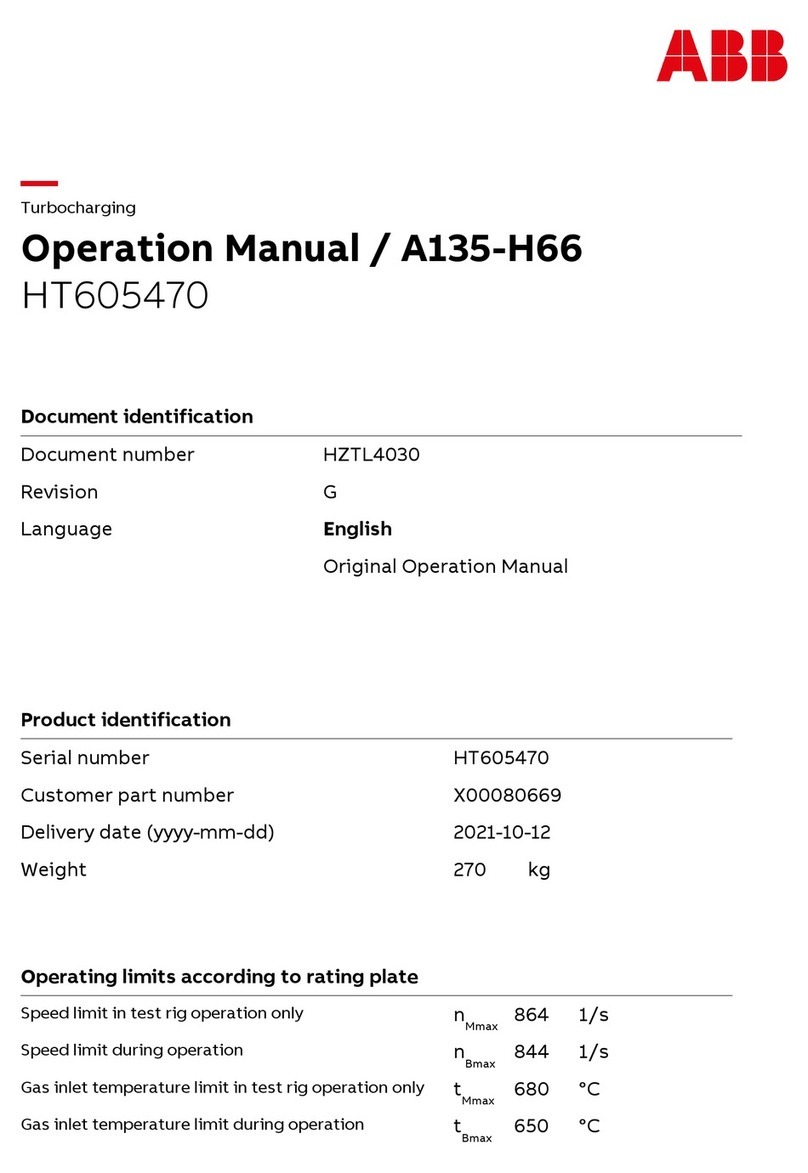
ABB
ABB HT605470 Operation manual
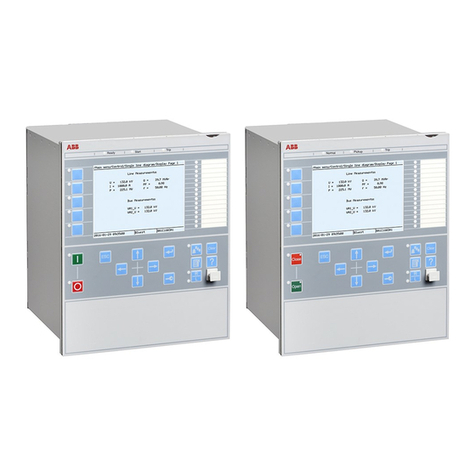
ABB
ABB RELION 650 SERIES Communication protocol manual

Larson Electronics
Larson Electronics EXP-GFCI-20A instruction manual

SCHUNK
SCHUNK SRH-plus-D Assembly and operating manual
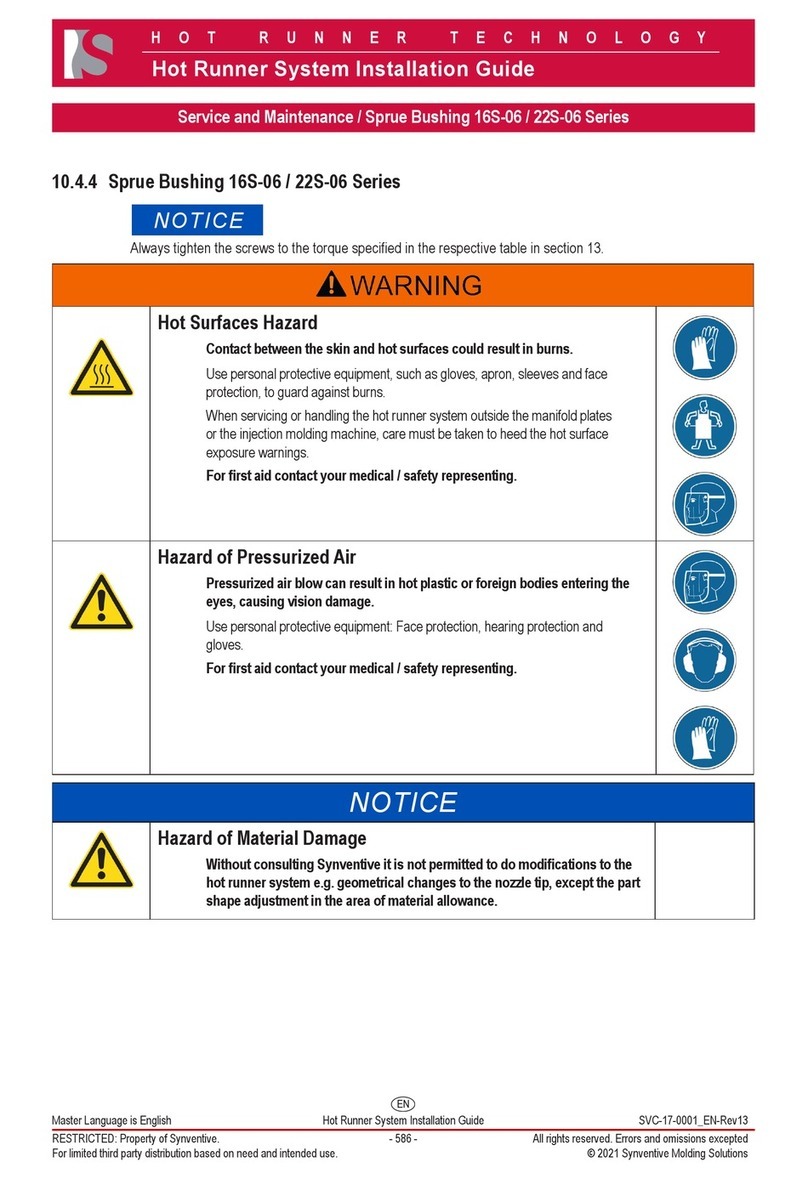
HOT RUNNER TECHNOLOGY
HOT RUNNER TECHNOLOGY 16S-06 Series Service and maintenance guide
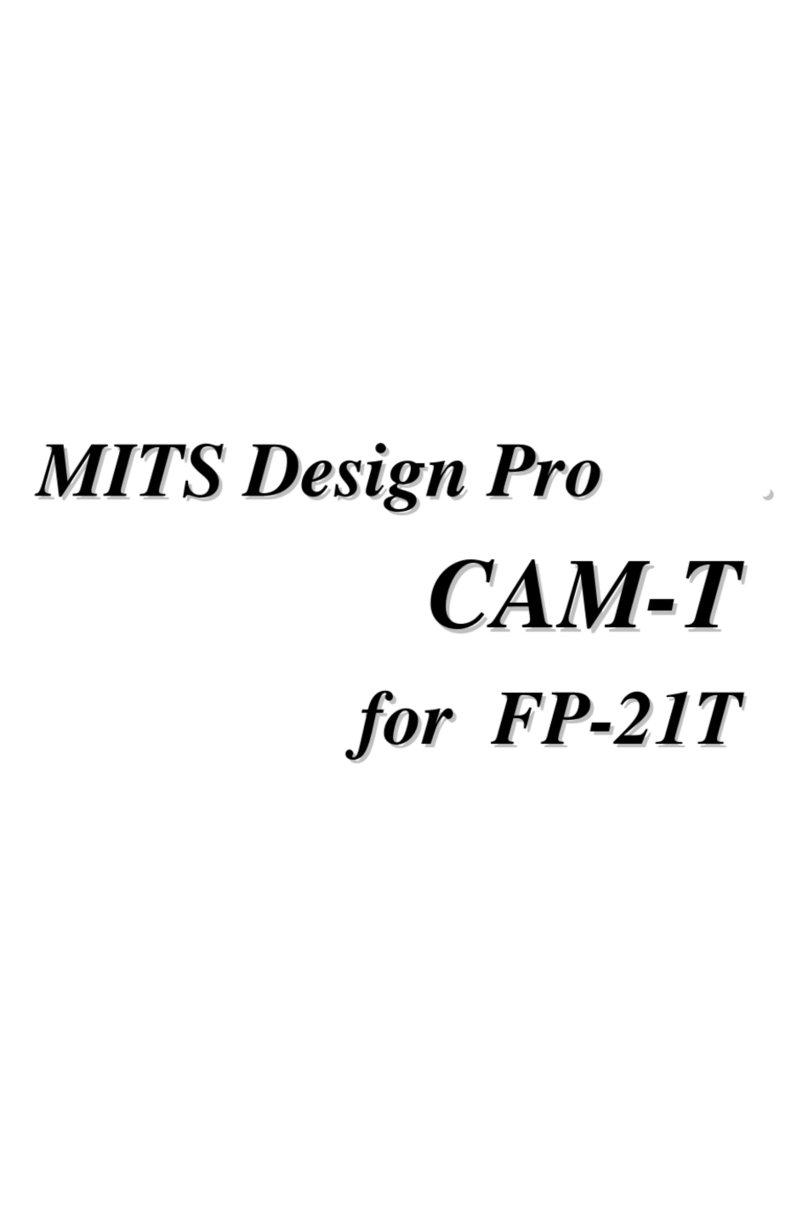
MITS
MITS Design Pro CAM-T manual
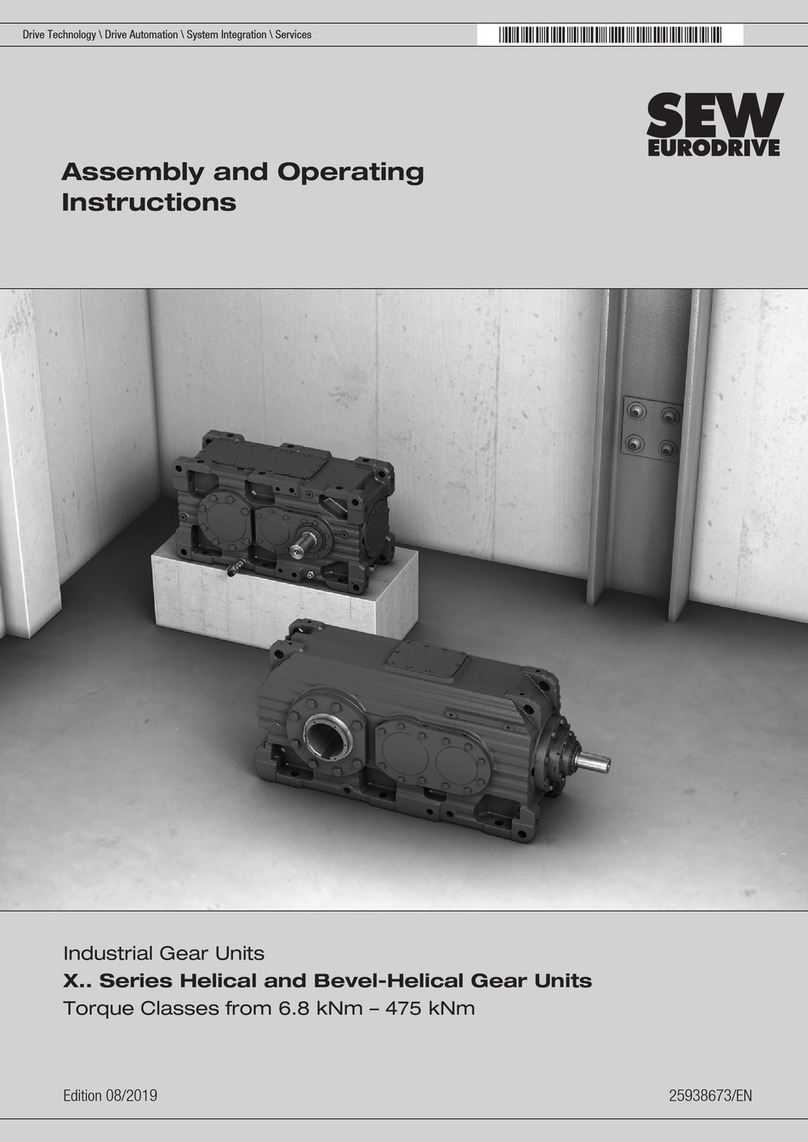
SEW-Eurodrive
SEW-Eurodrive X Series Assembly and operating instructions
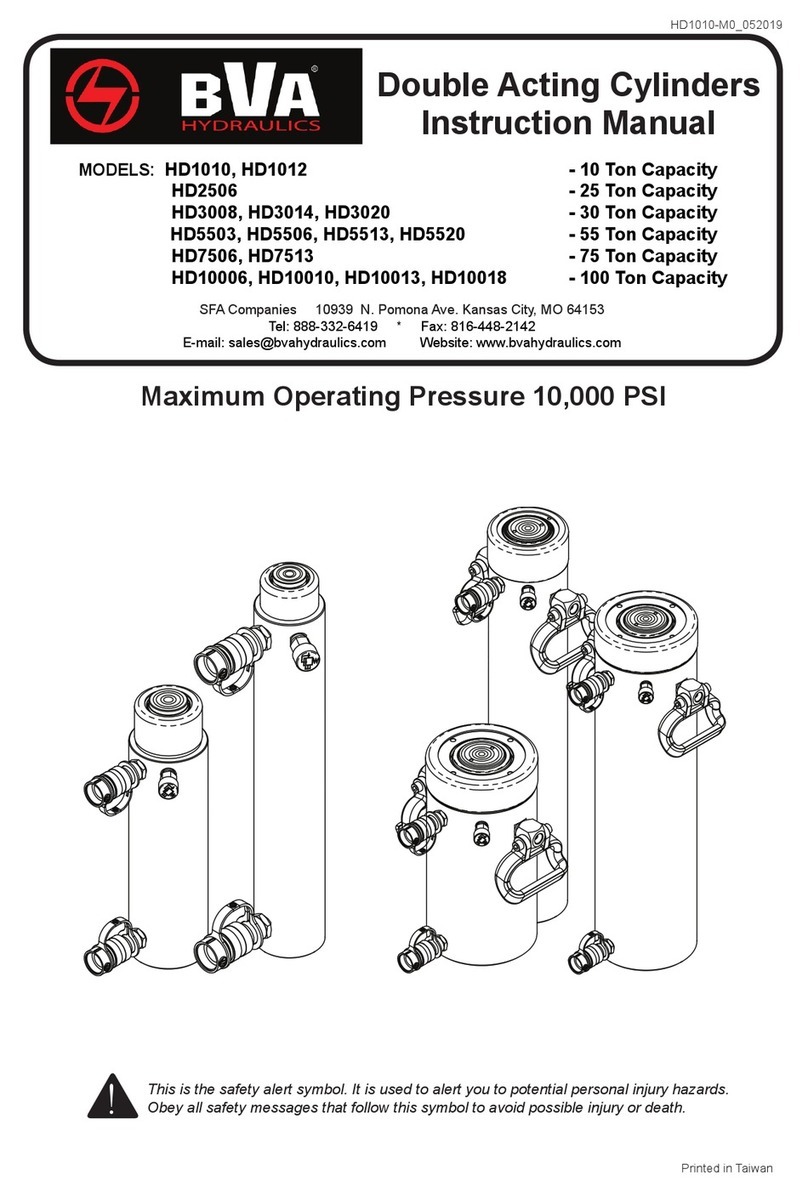
BVA Hydraulics
BVA Hydraulics HD3020 instruction manual
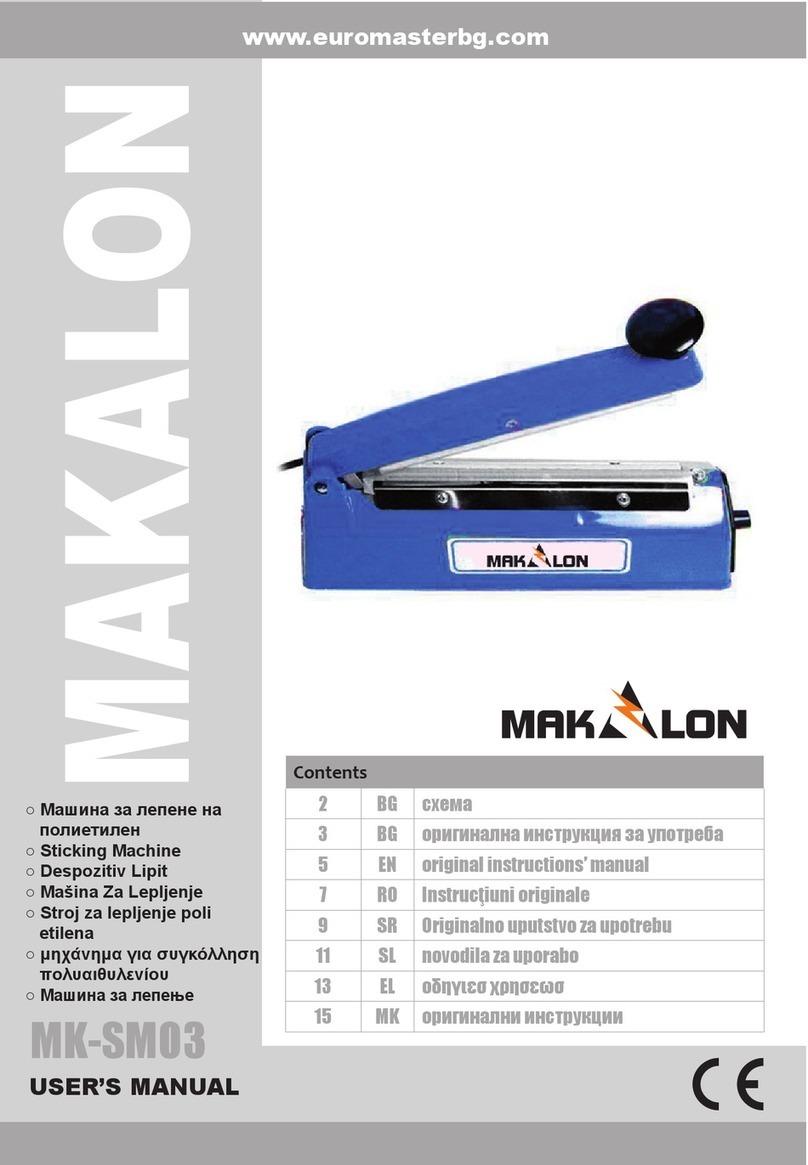
MakAlon
MakAlon MK-SM03 user manual

Schmalz
Schmalz SEAC 10 ECO operating instructions
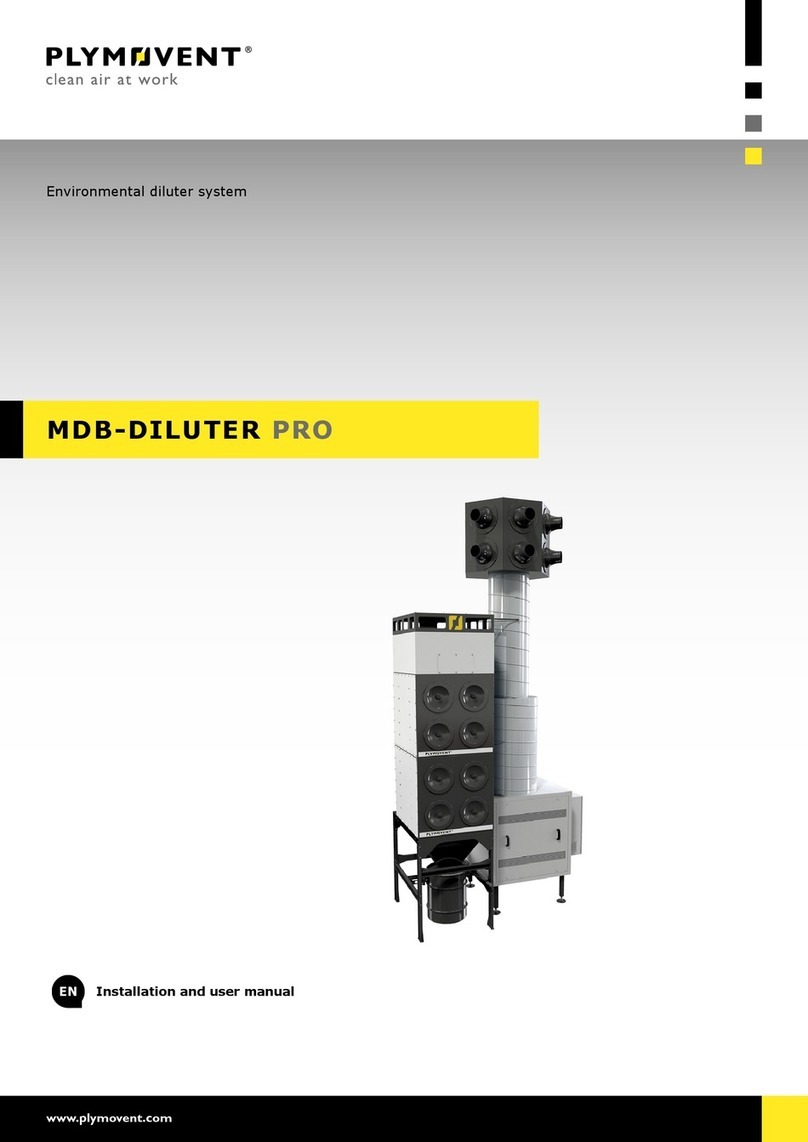
Plymovent
Plymovent MDB-DILUTER PRO Installation and user manual
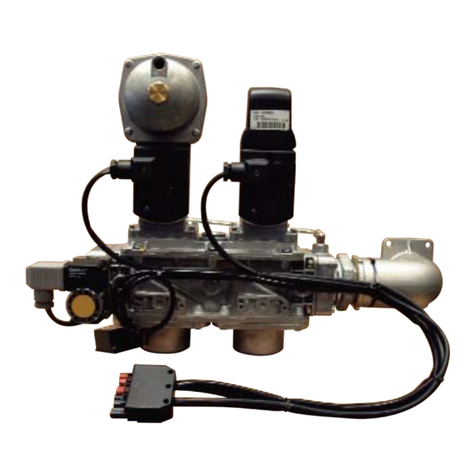
Ecoflam
Ecoflam GT-S1-VGD20-RP50-BLU/MULTI manual
